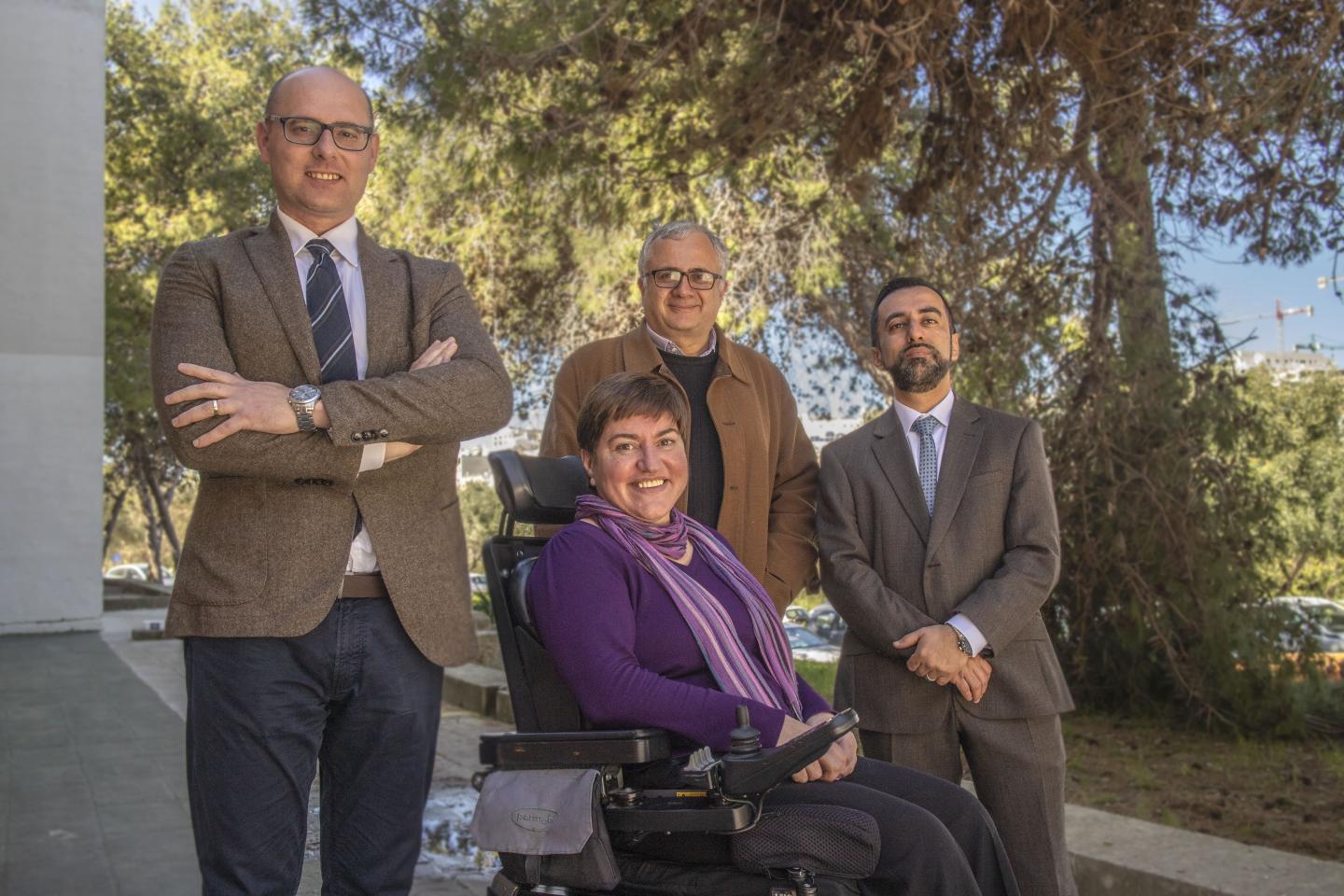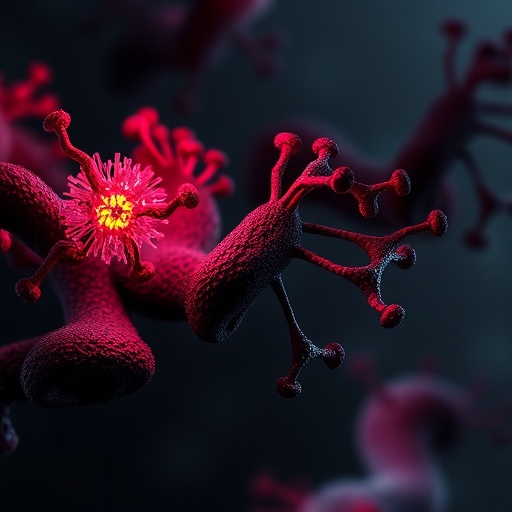Virtual reality for rehabilitation

Credit: University of Malta
Virtual reality (VR) concepts have existed for more than three decades, however the industry has only recently started to demonstrate its potential use into a variety of markets. The largest virtual reality market is currently the entertainment world. However, VR environments are now increasingly being used in areas such as manufacturing, training, heritage, and architecture.
The healthcare sector is another prominent market that has been making increasing use of virtual and augmented reality for training, administering of surgical procedures, mental health, and rehabilitation practices. The support of patient recovery is an application particularly well suited to VR, and there are a number of emerging applications that address brain injury assessment, orthopaedic rehabilitation, balance exercises and cognitive fidelity. While these vary in configuration, most use ‘off-the-shelf’ controllers to assist, with limited motor capability and concern single users interacting only with the practitioner.
PRIME-VR2 goes beyond this in the creation of an end-to-end integrated digital development platform, to facilitate collaboration across stakeholders in the VR ecosystem to produce effective VR rehabilitation environments.
The PRIME-VR2 Consortium is multi-disciplinary, encompassing expertise in virtual reality, additive manufacturing, 3D geometrical form generation, user interface design, user-centred design, electronics design, systems integration and rehabilitation. The Consortium includes four other academic partners who will drive the research agenda: Università di Pisa, coordinator of the project, University of Strathclyde (Scotland), University of Oulu (Finland) and University College London (UK). Six SMEs will focus on technological implementation: Loud1Design Ltd. (Scotland), Kerubiel (Hungary), Flying Squirrel Games (Malta), Capitola Digital BV (the Netherlands), Inlecom (Greece), and Crowdhelix Network (Ireland). Three Living Labs will provide distinct test beds: Global Disability Innovation Hub (UK), Saint James Hospital (Malta), and Kinisiforo (Cyprus).
The project will start on 1 October 2019, will last 3 years and has been granted EUR 4M. The proposal was submitted under ICT-25 in which more than 100 proposals were reviewed. The success rate in this call resulted to be around 4 per cent. The budget share for UM is in the region of EUR 400K.
The local coordinator for UM is Dr In?. Philip Farrugia, from the Department of Industrial and Manufacturing Engineering (DIME), who was heavily involved in the proposal writing and in the formation of the consortium. Dr In?. Philip Farrugia, was assisted by Dr In?. Pierre Vella from DIME and Dr In?. Glenn Cassar from the Department of Metallurgy and Material Engineering. Dr Maria Victoria Gauci from the Department of Disability Studies, Faculty for Social Wellbeing, also forms part of UM’s multi-disciplinary research team. The UM academics will be involved in the definition of the specifications of the controller, its design, manufacture, assembly, testing and evaluation with typical end-users.
The research team would like to thank UM’s Research Support Services Directorate for providing all the support and links which proved to be instrumental for submitting a winning research bid. Thanks go also to UM’s Project Support Office for the assistance provided in the budgeting aspect of the project proposal. UM’s research team is also grateful for the advice provided by UM’s Knowledge Transfer Office on the business plan.
###
Media Contact
Dr. Philip Farrugia
[email protected]
Original Source
https:/




